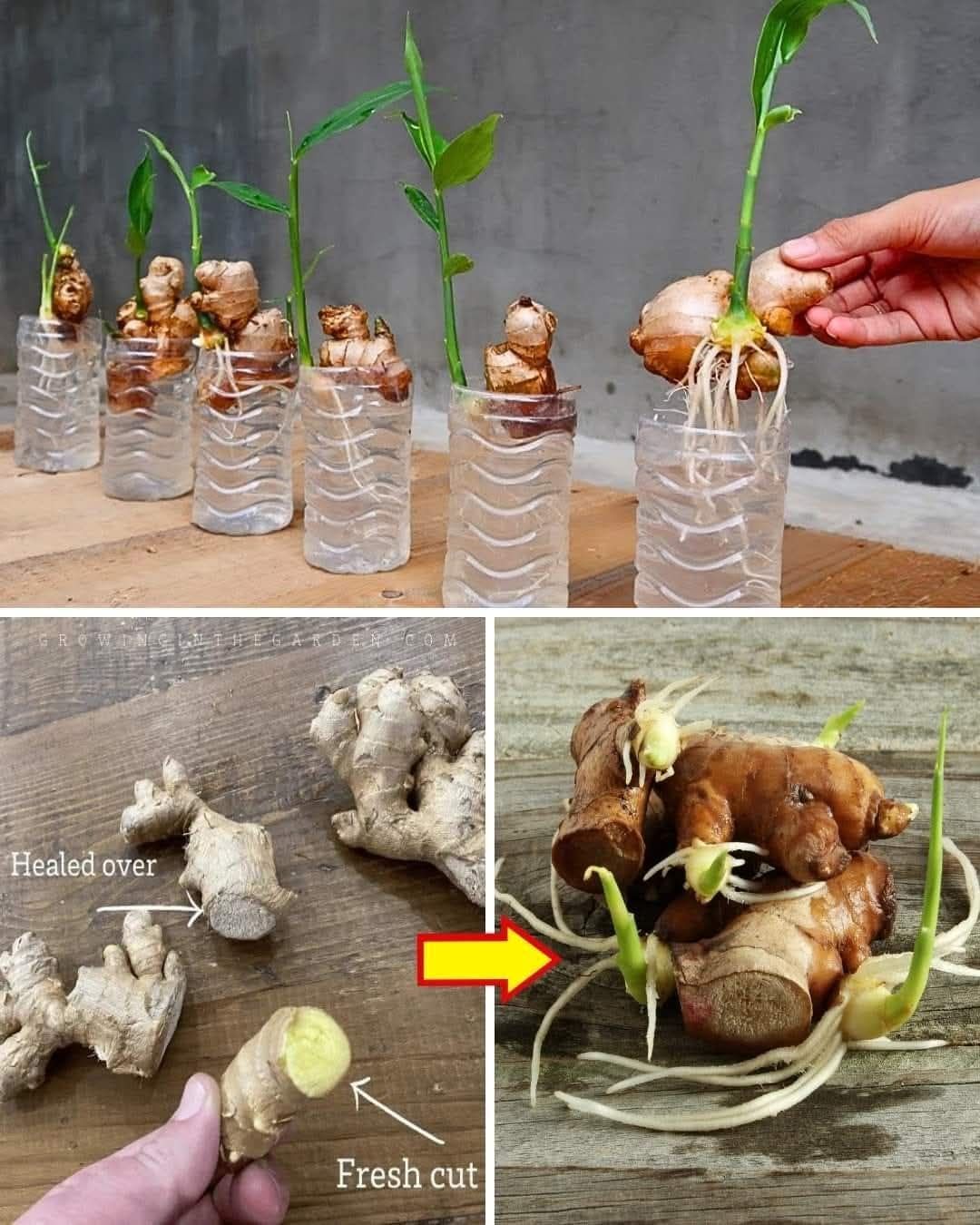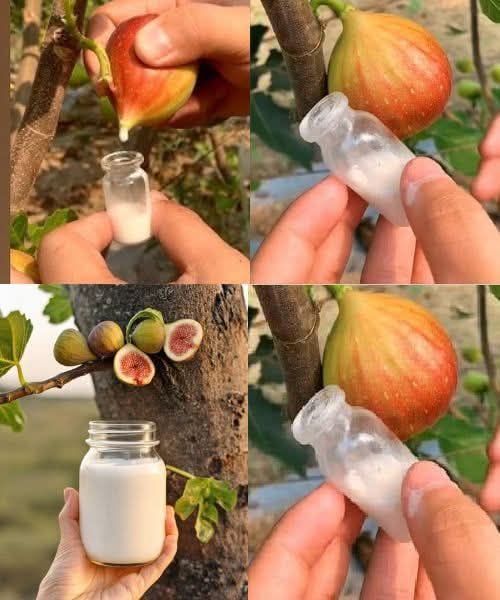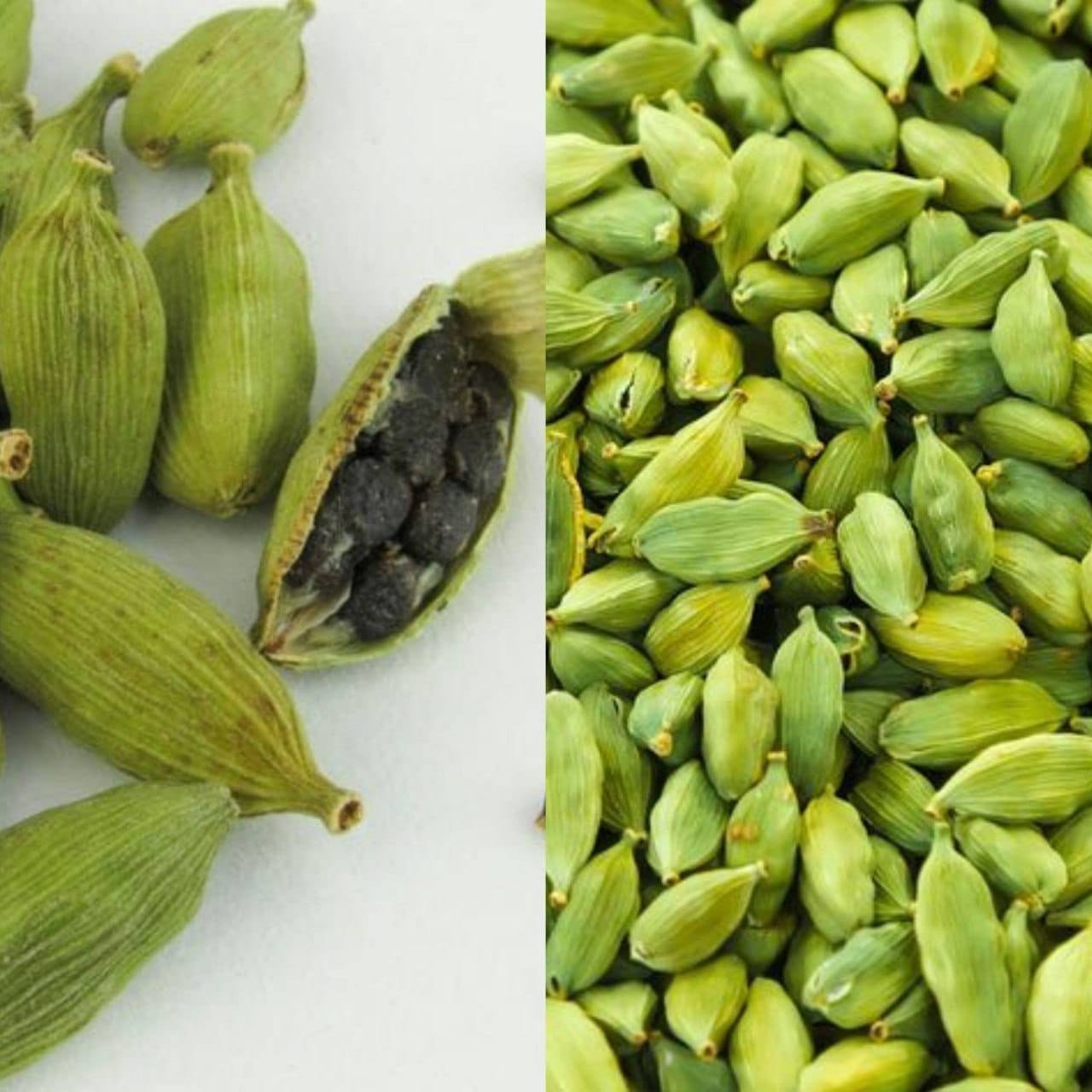Imagine having a fresh, organic supply of ginger right at your fingertips, no matter where you live. This incredible spice enhances culinary dishes, promotes health, and even acts as a natural remedy for various ailments. While ginger is often associated with tropical climates, its cultivation isn’t limited to warm regions. With a little planning, you can grow ginger in your backyard, on your balcony, or even indoors.
Understanding Ginger
What Is Ginger?
Ginger (Zingiber officinale) is a perennial plant primarily grown for its rhizome, or underground stem. It is prized for its spicy, aromatic flavor and numerous health benefits, including anti-inflammatory and digestive properties. Whether you’re using it in teas, curries, or even for its medicinal qualities, ginger adds a distinctive flavor that’s hard to beat.
Botanical Characteristics
Ginger plants grow to about 3 feet (1 meter) tall, with narrow green leaves and small yellow flowers. The rhizome, often mistaken for a root, is the edible portion. The plant produces new rhizomes from the underground stem, which can be harvested once mature. The best part is that these rhizomes can be harvested and replanted for continual growth, making ginger a sustainable crop to grow.
Ideal Climate for Ginger Growth
Ginger thrives in warm, humid conditions with temperatures ranging from 68°F to 86°F (20°C to 30°C). However, with proper care and adjustments, ginger can grow in colder regions or indoors. While ginger is a tropical plant, you can simulate these conditions in non-tropical areas with a little help from greenhouses, indoor setups, or container gardening.
Choosing Ginger for Planting
Selecting the Right Ginger Rhizome
Start with a healthy ginger rhizome, ideally one with visible buds or “eyes.” Organic ginger is often the best choice since store-bought varieties may be treated with growth inhibitors. A fresh, healthy rhizome with multiple eyes will give you the best chance at a successful crop. Make sure the rhizome isn’t shriveled or dried out, as this could hinder growth.
Organic vs Store-Bought Ginger
Organic ginger ensures a higher chance of successful growth. If using store-bought ginger, soak it in water overnight to remove any potential chemicals. Store-bought ginger is often treated to prevent sprouting, so soaking can help kickstart the germination process.
Pre-Sprouting for Best Results
Before planting, it’s helpful to pre-sprout your ginger rhizomes. Place the rhizome in a shallow tray with water or damp soil in a warm, shaded area. Within a few weeks, small green shoots should appear, indicating that it’s ready for planting. This pre-sprouting process helps give the rhizome a head start before planting it in the soil.
Preparing the Planting Location
Indoor vs Outdoor Planting
- Outdoor: Choose a shaded, sheltered spot in your garden with well-draining soil. Ginger does not like direct sunlight but will do well in partial or dappled shade.
- Indoor: Use a deep pot with drainage holes and place it in a warm, bright location. Indoors, ginger will thrive in places that mimic its natural environment, such as near a window with indirect light.
Container Gardening for Ginger
Growing ginger in pots allows you to control soil quality and move the plant indoors during cold weather. Using containers also means you can grow ginger in spaces where soil quality may not be ideal. The pot should be large enough to accommodate the growing rhizomes, and it’s important to use a well-draining mix.
Choosing the Right Soil
Ginger prefers loose, rich soil with plenty of organic matter. A pH level of 5.5 to 6.5 is ideal for ginger growth. Well-draining soil ensures the roots don’t sit in excess moisture, which can lead to root rot. Compost and organic matter will enrich the soil, promoting healthy growth.
How to Plant Ginger: Step-by-Step Planting Guide
- Prepare the Rhizomes: Cut the ginger rhizome into 2-inch pieces, ensuring each has at least one “eye” (bud).
- Planting Depth: Plant the pieces 2-4 inches deep, with the buds facing upward.
- Spacing: Space each piece about 12 inches apart to allow room for the rhizomes to grow.
- Watering: Water the ginger after planting, but avoid making the soil soggy.
Seasonal Timing
Plant ginger in the early spring when temperatures start to rise. This is the best time to give your ginger the warmth and sunlight it needs to thrive. In colder climates, you can start ginger indoors and move it outside when the temperature becomes consistently warm.
Caring for Your Ginger Plant
Watering Requirements
Water consistently to keep the soil moist but not waterlogged. Overwatering can lead to root rot, which is one of the most common problems when growing ginger. Use well-draining soil to help maintain moisture balance. You can test the soil’s moisture level by sticking your finger into the soil—if it’s dry, it’s time to water.
Fertilizing for Optimal Growth
Feed the plant with a balanced, organic fertilizer every few weeks. Compost or manure tea works well for ginger, providing the nutrients it needs for healthy growth. Be careful not to over-fertilize, as too much fertilizer can cause the plant to become too leafy and not produce enough rhizomes.
Controlling Pests and Diseases
Keep an eye out for pests like aphids, spider mites, and fungal diseases. Neem oil can be used as a natural pesticide. Also, be sure to remove any dead or yellowing leaves to prevent the spread of diseases. Ginger is susceptible to root rot if it is overwatered, so maintaining proper drainage is crucial.
Harvesting Ginger
How to Know When It’s Ready
Ginger typically takes 8-10 months to mature. The leaves will begin to yellow and die back when it’s ready for harvest. The rhizomes will have reached their full size, and you can begin to dig them up. Ginger plants can also be harvested early if you want tender, young rhizomes.
Harvesting Without Killing the Plant
If you want to harvest ginger without killing the plant, gently dig around the plant and remove a portion of the rhizome, leaving the rest to continue growing. This allows you to harvest fresh ginger periodically while allowing the plant to continue producing.
Growing Ginger in Cold Climates
Overwintering Techniques
In colder areas, move potted ginger indoors during the winter months. Keep it in a warm, sunny location where it can continue to grow. You may need to cut back on watering during the winter since the plant will be dormant. If you don’t have an indoor space, a greenhouse can help protect the plant from the cold.
Using Greenhouses or Indoor Setups
A greenhouse or grow light setup can simulate the warm, humid conditions ginger needs to grow. This is especially useful for gardeners in colder climates who want to grow ginger year-round.
Common Mistakes to Avoid
- Overwatering: Ginger dislikes soggy soil. Always ensure the soil drains well and that the pot or garden bed doesn’t hold water.
- Poor Soil Choice: Avoid heavy, compacted soils that prevent proper drainage and airflow to the roots.
Benefits of Growing Your Own Ginger
Health Benefits: Fresh ginger boosts immunity and aids digestion. It’s also known for its anti-inflammatory properties and ability to relieve nausea, making it an excellent addition to your wellness routine.
Economic and Sustainability Advantages: Homegrown ginger reduces grocery bills and avoids plastic packaging. By growing your own ginger, you can ensure that it’s fresh, organic, and free of pesticides.
FAQs About Growing Ginger
Can I grow ginger from a grocery store rhizome?
Yes, but choose organic ginger and remove growth inhibitors by soaking it overnight.
How much sunlight does ginger need?
Ginger prefers indirect sunlight or partial shade, but it needs warmth and humidity.
Can I grow ginger indoors?
Absolutely! Use pots with good drainage and place them in a warm, bright area, like near a window.
How long does ginger take to grow?
Typically 8-10 months, depending on conditions.
Do I need to fertilize ginger?
Yes, regular feeding with organic fertilizers enhances growth and keeps the plant healthy.
Can ginger survive frost?
No, ginger is frost-sensitive and should be moved indoors or covered in colder weather.
Conclusion
No matter where you live, growing ginger is an achievable and rewarding endeavor. With the right techniques and tools, you can enjoy a steady supply of fresh, aromatic ginger year-round. Whether you’re cultivating it in a small apartment or in your backyard, ginger can thrive with a bit of care and attention. Start planting today and discover the joy of cultivating this versatile spice in your home garden!





